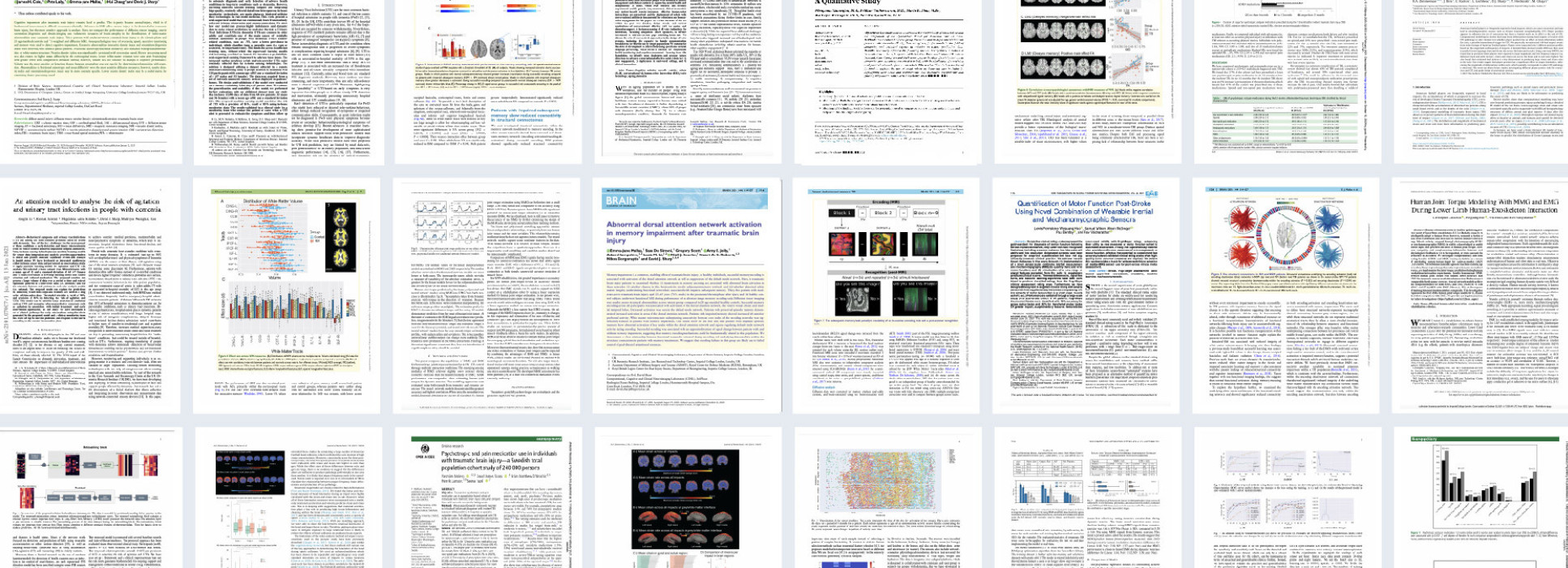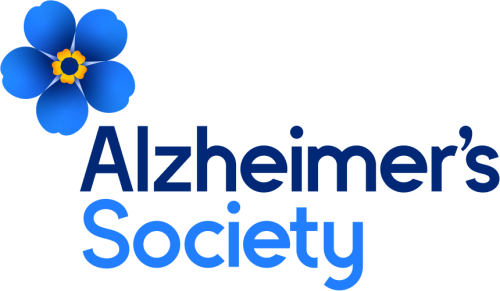
Results
- Showing results for:
- Reset all filters
Search results
-
Journal articleKolanko MA, Soreq E, Lai H, et al., 2022,
Clinically relevant monitoring of long-term night-time behaviour and physiology from the homes of people living with dementia.
, Alzheimers Dement, Vol: 18 Suppl 2BACKGROUND: Disturbances of sleep and night-time behaviours are amongst the most disabling symptoms of dementia. They often increase carers' burden and the risk of institutionalization. The causes are complex and are difficult to investigate because of a lack of acceptable methods for monitoring behaviours in the home. Here we show that a passive under-mattress can be used to track changes in night-time behaviour and physiology, and that a range of digital biomarkers produced are informative in understanding the effects of medication changes, disease progression and intercurrent illness in patients living with dementia (PLWD). METHOD: We used contactless Withings Sleep Mattress (WSM) to monitor bed-occupancy in 4 PLWD (age 74-93, 3males) enrolled into the CR&T MINDER cohort study. Each participant was tracked over 1000 nights between 2019 and 2021. Minute-to-minute timeseries were extracted from WSM to calculate bed occupancy metrics and nocturnal physiology measures (heart and breathing rates (HR/BR)). Raw measures were standardized within subjects by comparing each time point to the mean of the time points that preceded it. We then investigated the relationship between these metrics and clinical events such as infections and medication. RESULT: The 4 case studies illustrate the potential of this technology for passive health monitoring in PLWD. High levels of intraindividual variability in behavioural and physiological metrics were observed. Progressive changes in bed occupancy were observed in two patients with frontotemporal dementia and Alzheimer's disease (Cases 1&2). Intercurrent illness and medications changes influenced the measures. For example, Patient 1 showed progressive night-time wandering with increasing time spent out of bed, which improved following the initiation of risperidone. Case 2 showed recurrent episodes of heart failure accompanied by increased nocturnal HR. Cases 3 and 4 showed urinary tract infections, which were accompanied by t
-
Journal articleSoreq E, Kolanko MA, Monica CD, et al., 2022,
Monitoring abnormal nocturnal behaviour in the homes of patients living with dementia.
, Alzheimers Dement, Vol: 18 Suppl 2BACKGROUND: People living with dementia (PLWD) often exhibit marked sleep disturbances. These cause substantial care challenges and may be causally related to dementia progression. Collecting ecologically valid data on sleep disturbance in naturalistic settings has been difficult. As a result, sleep assessments in PLWD are generally limited to short studies in sleep laboratories or data collection from wearables, where compliance is problematic. Here, we demonstrate how passive internet of things (IoT) sensors can be used to monitor the effects of dementia on nocturnal behaviour and physiology. METHOD: Using the Withings under-mattress pressure sensor, we validated bed occupancy and physiological measures in 35 older adults tested both at home and in the laboratory. We then examined data collected between 2019 and 2021 from the general population (N=13,663) and from a cohort of PLWD taking part in the UK DRI study of home monitoring for PLWD (N=46). More than 4 million unique bed mat observations were analysed. RESULT: Arise time across all subjects was negatively correlated with time to bed (Fig.1a, r(13,617) =-0.5, p<.0001). Bed occupancy increased with age, but PLWD spent more time in bed than age-matched controls (Fig.1b) and had more nocturnal awakenings (Fig.1c). Explainable gradient boosting machine learning was successfully used to classify data from individual nights (PLWD vs. general population). PLWD probability was related to specific changes, such as increased awakenings, high or low time spent in bed, high heart rate and low breathing rate (Fig.2). We also explored variations in night-time behaviour and physiology over time for individual PLWD (Fig.3a). High within-subject variability was present, which related to disease progression, intercurrent illness and changes in medication. Data from each night was transformed into a risk score for each metric (Fig.3b) and a compound risk score. These quantify the risk of abnormal night-time behaviour and ph
-
Journal articleMaas AIR, Menon DK, Manley GT, et al., 2022,
Traumatic brain injury: progress and challenges in prevention, clinical care, and research
, LANCET NEUROLOGY, Vol: 21, Pages: 1004-1060, ISSN: 1474-4422- Author Web Link
- Cite
- Citations: 80
-
Journal articleSerban A-I, Soreq E, Barnaghi P, et al., 2022,
The effect of COVID-19 on the home behaviours of people affected by dementia
, npj Digital Medicine, Vol: 5, ISSN: 2398-6352The COVID-19 pandemic has dramatically altered the behaviour of most of the world’s population, particularly affecting the elderly, including people living with dementia (PLwD). Here we use remote home monitoring technology deployed into 31 homes of PLwD living in the UK to investigate the effects of COVID-19 on behaviour within the home, including social isolation. The home activity was monitored continuously using unobtrusive sensors for 498 days from 1 December 2019 to 12 April 2021. This period included six distinct pandemic phases with differing public health measures, including three periods of home ‘lockdown’. Linear mixed-effects modelling is used to examine changes in the home activity of PLwD who lived alone or with others. An algorithm is developed to quantify time spent outside the home. Increased home activity is observed from very early in the pandemic, with a significant decrease in the time spent outside produced by the first lockdown. The study demonstrates the effects of COVID-19 lockdown on home behaviours in PLwD and shows how unobtrusive home monitoring can be used to track behaviours relevant to social isolation.
-
Journal articleBethlehem RAI, Seidlitz J, White SR, et al., 2022,
Publisher Correction: Brain charts for the human lifespan
, Nature, Vol: 610, Pages: E6-E6, ISSN: 0028-0836
This data is extracted from the Web of Science and reproduced under a licence from Thomson Reuters. You may not copy or re-distribute this data in whole or in part without the written consent of the Science business of Thomson Reuters.
Awards
- Finalist: Best Paper - IEEE Transactions on Mechatronics (awarded June 2021)
- Finalist: IEEE Transactions on Mechatronics; 1 of 5 finalists for Best Paper in Journal
- Winner: UK Institute of Mechanical Engineers (IMECHE) Healthcare Technologies Early Career Award (awarded June 2021): Awarded to Maria Lima (UKDRI CR&T PhD candidate)
- Winner: Sony Start-up Acceleration Program (awarded May 2021): Spinout company Serg Tech awarded (1 of 4 companies in all of Europe) a place in Sony corporation start-up boot camp
- “An Extended Complementary Filter for Full-Body MARG Orientation Estimation” (CR&T authors: S Wilson, R Vaidyanathan)

Established in 2017 by its principal funder the Medical Research Council, in partnership with Alzheimer's Society and Alzheimer’s Research UK, The UK Dementia Research Institute (UK DRI) is the UK’s leading biomedical research institute dedicated to neurodegenerative diseases.


